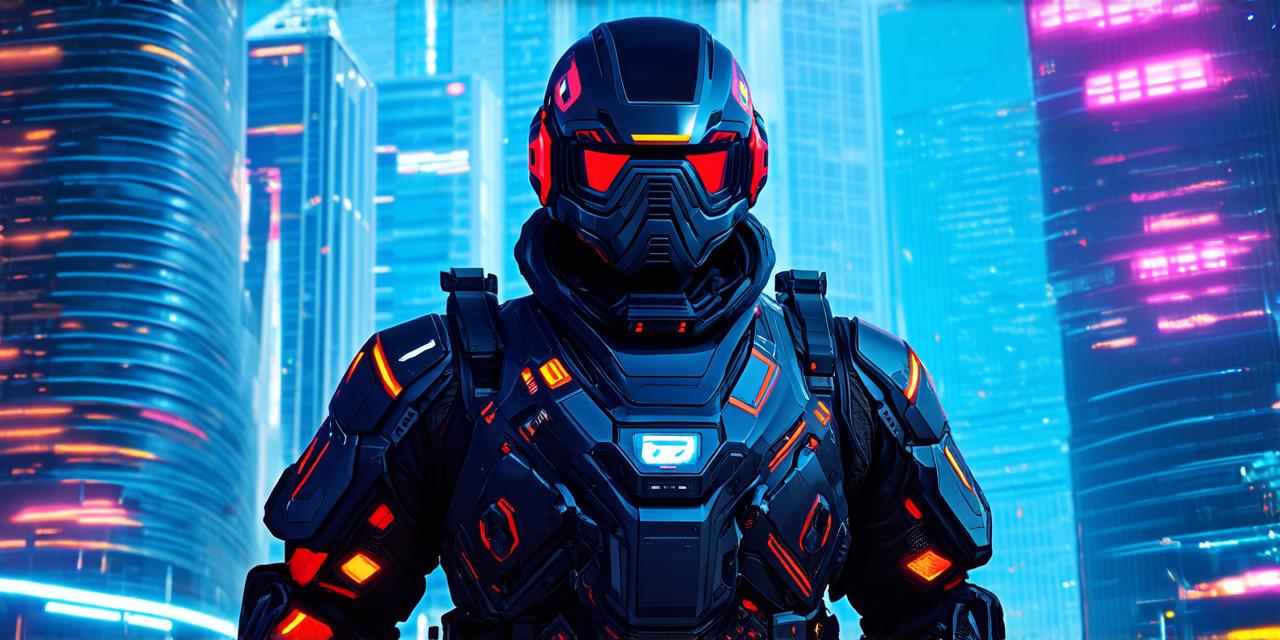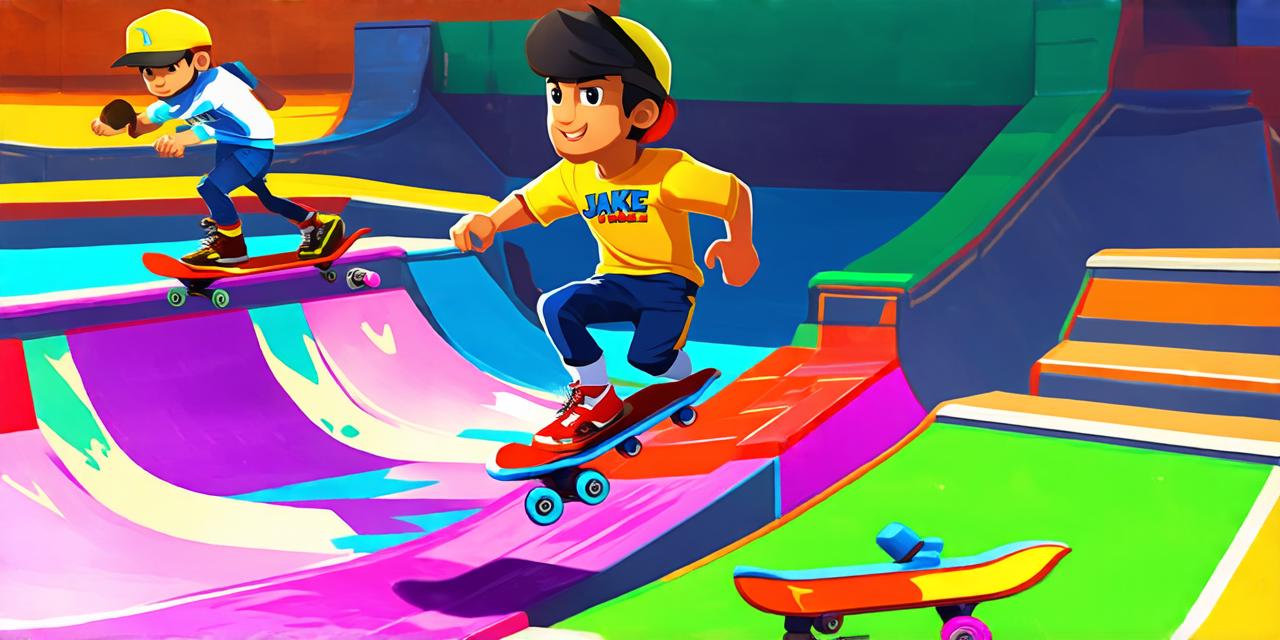Why is Doctor Who: Lost in Time Such a Success?
There are several reasons why Doctor Who: Lost in Time has become such a hit with gamers. First, it’s based on a well-known and beloved franchise that has a dedicated fan base. This means that fans of the show are already invested in the game and are more likely to play and share it with others. The game is set in the world of Doctor Who, so players feel like they’re truly a part of the action.
Second, the game offers an engaging and immersive gaming experience. The game features a variety of puzzles and challenges that keep players engaged and coming back for more. These puzzles are designed to be challenging enough to require thought and strategy, but not so difficult as to be frustrating. The game also includes elements of storytelling, allowing players to explore the world of Doctor Who in a new way.
Third, the game is optimized for mobile devices, making it accessible to a wide range of gamers. With its intuitive controls and easy-to-play mechanics, even those who are new to gaming can enjoy the game. The game’s graphics are also optimized for smaller screens, ensuring that they look sharp and clear on all devices.
Finally, the game is constantly updated with new content and features, keeping players engaged and coming back for more. This means that you, as a mobile game developer, can use these updates to keep your own games fresh and exciting. The game’s developers also listen to player feedback and make changes based on it, ensuring that the game remains relevant and engaging.
How Can You Use These Insights to Create Successful Mobile Games?
Now that we’ve seen why Doctor Who: Lost in Time has become such a success, let’s look at how you can use these insights to create successful mobile games of your own.
First, it’s important to choose a franchise or topic that is already popular and well-known. This will help you tap into an existing fan base and make it easier for people to connect with your game. For example, if you’re a fan of sports, you could create a mobile game based on a popular sporting event or team. If you’re a fan of music, you could create a game based on a popular band or artist.
Second, you should focus on creating an engaging and immersive gaming experience. This means designing intuitive controls and easy-to-play mechanics that keep players engaged and coming back for more. You should also consider incorporating elements of storytelling, puzzle-solving, and social interaction to make your game more interesting. For example, you could create a game where players take on the role of a detective and solve puzzles to uncover the truth behind a mystery.
Third, you should optimize your game for mobile devices. This means designing a user interface that is easy to navigate on smaller screens and using touch controls that are intuitive and responsive. You should also consider using push notifications and other tools to keep players engaged and coming back to the game. For example, you could send push notifications reminding players of new levels or challenges they haven’t completed yet.
Finally, you should constantly update your game with new content and features. This means regularly releasing new levels or challenges, adding new characters or storylines, and incorporating new technologies like augmented reality or virtual reality. By keeping your game fresh and exciting, you’ll keep players engaged and coming back for more.

FAQs:
Q: What are some other popular mobile games that have been successful because of their franchise or topic?
A: Some examples include Angry Birds (based on the popular animated series), Candy Crush Saga (based on the classic puzzle game), and Fortnite (based on the popular battle royale game).
Q: How can I create a mobile game that’s optimized for social interaction?
A: To create a mobile game that’s optimized for social interaction, you should consider incorporating features like leaderboards, social sharing, and in-game messaging. You should also consider partnering with social media platforms to allow players to connect with each other outside of the game. For example, you could create a game where players can challenge their friends to matches or compete against each other on a global leaderboard.




